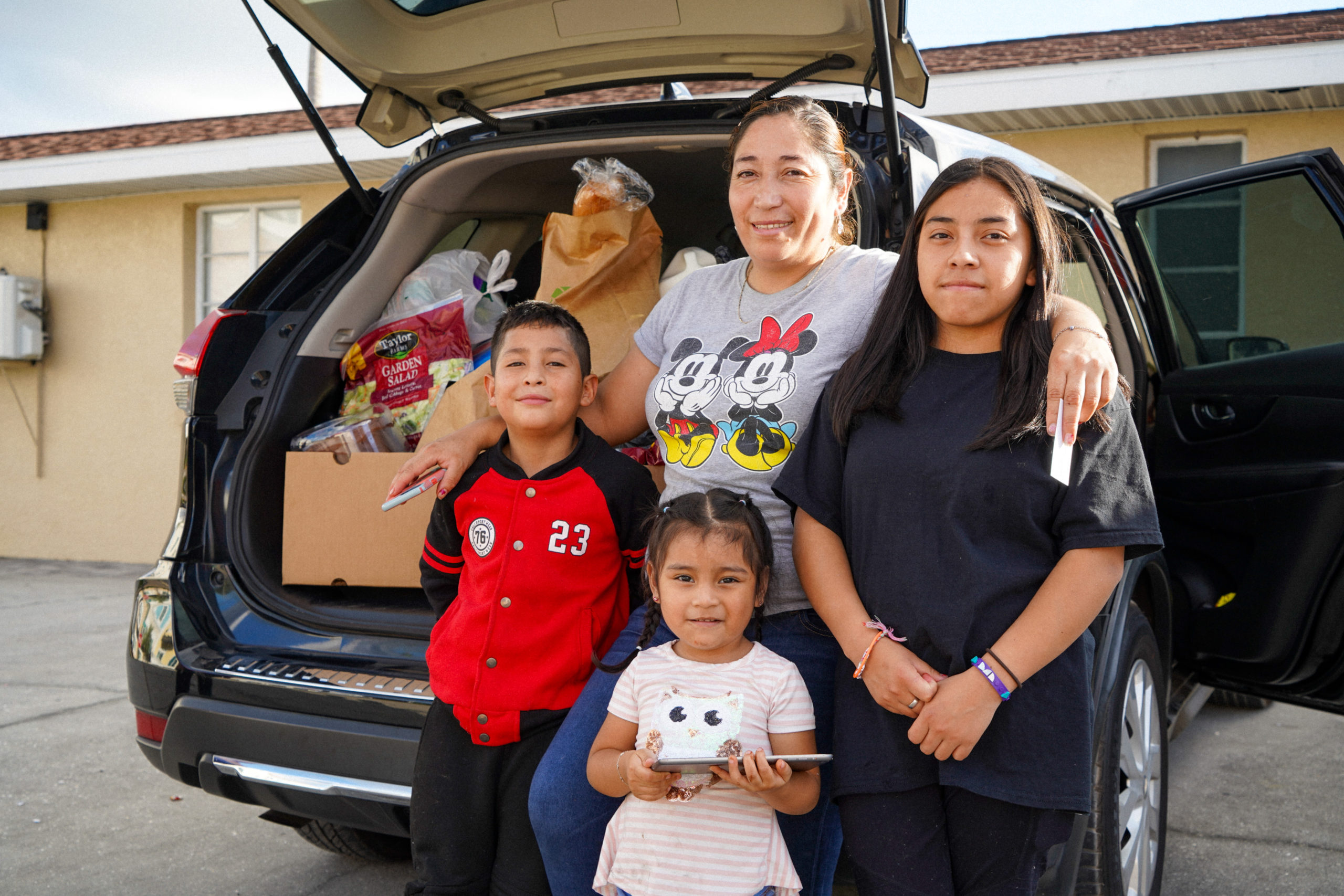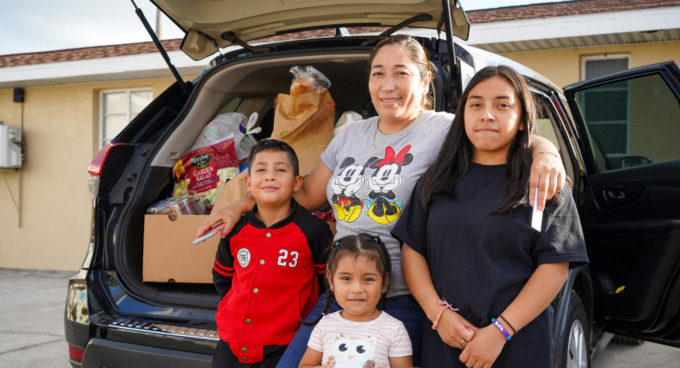
Each Week, Cindy and her sister carpool to a nearby food pantry distribution to help feed their families.
Do I pay to keep the lights on, or do I pay rent on time this month?
Do I buy gas to get to work or risk running out of fuel to buy enough food to feed my family this week?
Those are the types of tough choices that millions of people in America are forced to make every day — and those choices are only getting harder as groceries become more expensive. As families struggle to stretch a budget that doesn’t buy as much as it did last year, many are turning to food banks to meet their nutritional needs.
Food banks are providing critical support to communities in need, but they’re not immune to the consequences of rising costs. Soaring prices are making it harder to afford the food and operational costs that make it possible for food banks to support our neighbors facing hunger. With need for food expected to grow as pandemic-era food programs sunset, it’s clear that the status quo is unsustainable. Federal assistance is needed to ensure no family goes hungry and food banks can continue serving everyone who needs help.



